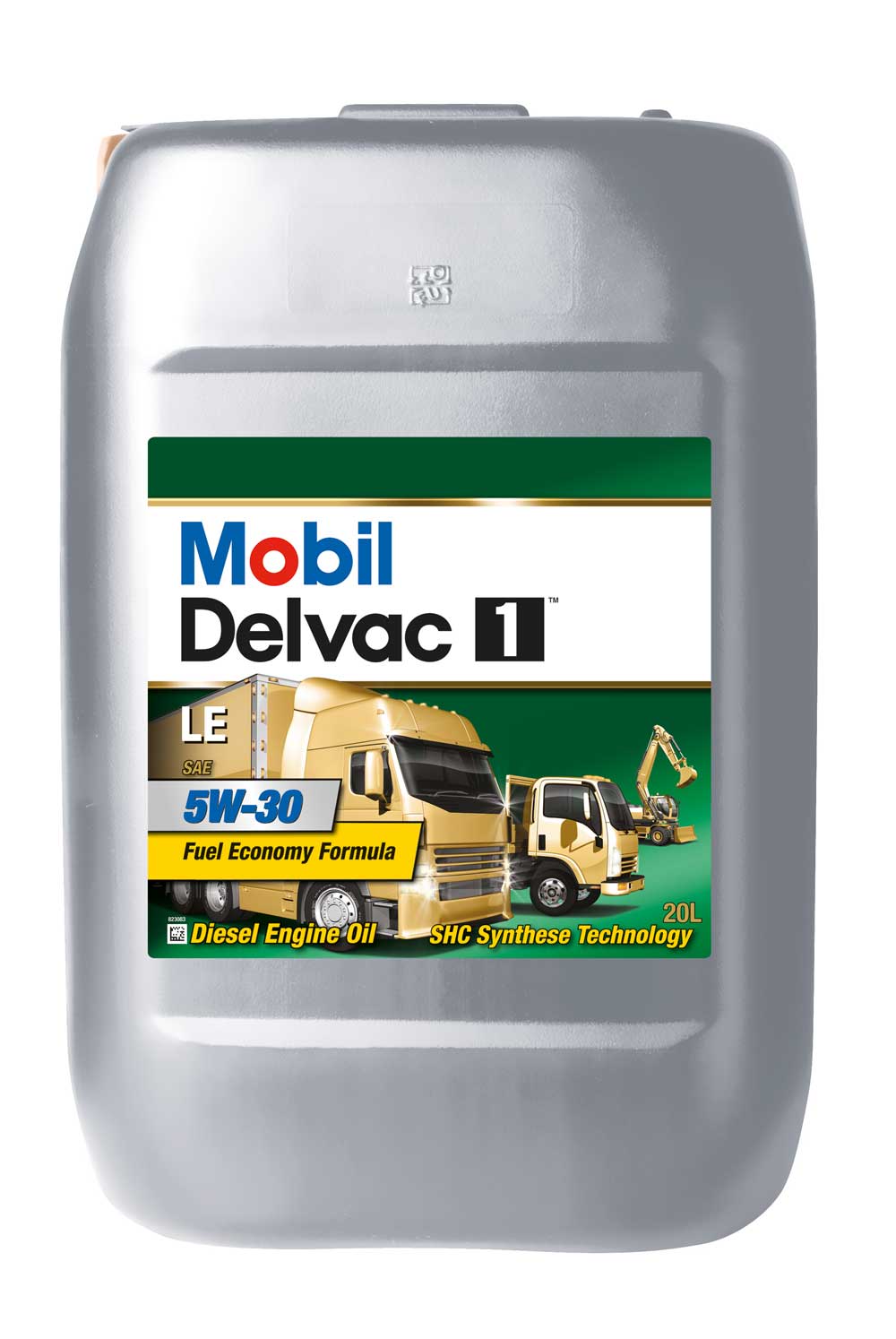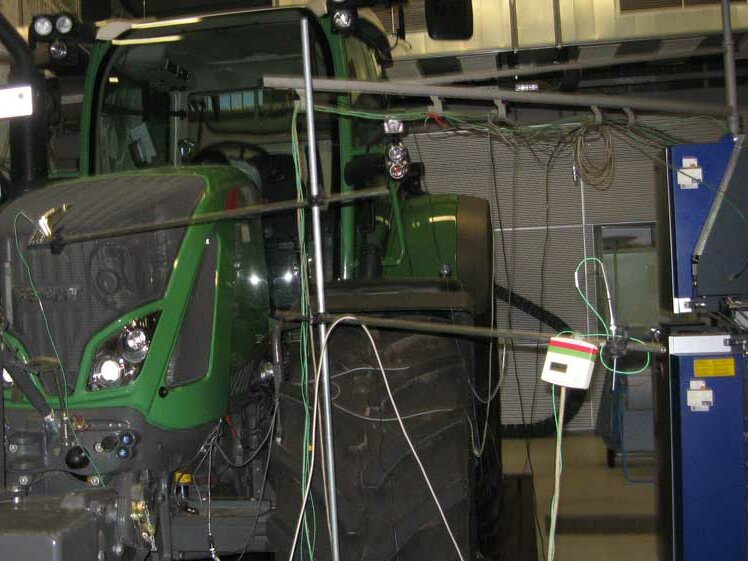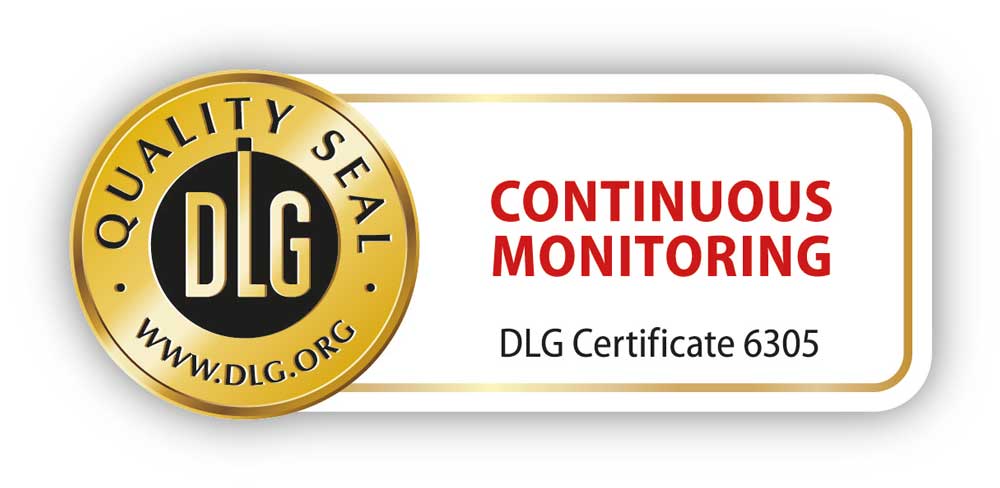ExxonMobil lubricant combination: Combining well to save fuel
Sander Schwick, DLG Test Centre Technology and Farm Inputs
In advertising, synthetically produced lubricants in particular are repeatedly attributed product properties that suggest a reduction of internal friction in engines, transmissions and drive trains. The term "smooth-running oil", for example, represents such a claim. Improved lubrication is ultimately supposed to lead to a reduction in power loss in the vehicle or an improvement in efficiency. In short: Consumption and thus fuel costs are to be reduced. In addition, there are long-term effects, such as reduced wear. On the other hand, synthetic oils are usually much more expensive than comparable mineral products for the same purpose.
More expensive to produce
In fact, there is a serious difference in production between mineral and synthetic lubricants: Mineral lubricants are mixtures of different fractions that are separated from crude oil by distillation and then recombined in a desired ratio. Each distillation fraction is itself a mixture of different oils that have approximately the same boiling point, and the exact composition of each fraction can also change slightly depending on the crude oil used. For synthetic lubricants, on the other hand, the manufacturing process is more complex overall: for these lubricants, hydrocarbon molecules with defined properties are produced from synthesis gas, i.e. a mixture of carbon monoxide, e.g. from a partial oxidation of coal, and hydrogen. The composition of the basic lubricant is thus known more precisely and the properties of the final product can be adjusted by means of a special additive precisely geared to the required properties. The mineral oil company ExxonMobil was one of the pioneers in the field of synthetic lubricants.
Synthetic vs. mineral
In a DLG test with the aim of achieving a DLG Seal of Quality for Additives and Lubricants, the fuel consumption of a lubricant combination consisting of the synthetic products Mobil Delvac 1 LE 5W-30, Mobil Delvac Synthetic Gear Oil 75W-140, Mobilube Syn LS 75W-90 and Mobil DTE 10 Excel 68 was determined in comparison to the use of a combination of standard mineral oils for the same application. The synthetic lubricant combination thus covered all areas in the tractor, i.e. engine lubrication, transmission, axles and axle drives, and hydraulic system. In order to keep the operating conditions the same, the consumption data was determined in the test both on the DLG PTO dynamometer and in the field cycles of the DLG PowerMix. In both cases, a Fendt 724 tractor with 162 kW/220 hp and a standardised CEC RF-98-07 diesel fuel were used.
Lower fuel consumption
The consumption measurements in simulated field use of the DLG-Power-Mix over twelve cycles showed an average specific consumption of 270 g/kWh when using the mineral oils and 268 g/kWh for the synthetic oils. The difference of 2 g/kWh corresponds to a relative saving of 0.75 percent on average over the entire range of use of different workloads. The lower fuel consumption in the DLG PowerMix was particularly noticeable in cycles with somewhat lower utilisation of the tractor (Figure 2). In the Z4K cycle, which corresponds to work with the power harrow at 70 percent load, the fuel saving was 4.0 g/kWh or 1.67 percent. Only in the case of heavy draft work was consumption slightly higher in comparison. These results were confirmed on the DLG PTO dynamometer, as shown in Figure 3. The tractor consumed significantly or very significantly less fuel at the seven operating points, with an average saving of 0.71 percent.
Conclusion
For the tested combination of Mobil Delvac 1 LE 5W-30, Mobil Delvac Synthetic Gear Oil 75W-140, Mobilube Syn LS 75W-90 and Mobil DTE 10 Excel 68, fuel savings were proven in various load situations of the tractor compared to mineral reference oils. Further details can be found in DLG test report 6305, which is available free of charge at www.DLG-Test.com.





